Hi all hivers!
Today we are taking a tour of a ship!
Recently I was visiting a friend and with the occasion we took a tour to visit a ship; this vessel, is a training ship and is used by the Italian Navy to train sailors.
Ship Palinuro
Built in the French shipyards in Nantes, in 1934 she was used as a fishing and cod transport ship.
In 1951 she was purchased by the Italian Navy to join the famous Amerigo Vespucci, again as a training ship role and as a replacement for the Cristoforo Colombo.
With a single-deck studded hull, she has three steel masts with a sail area of 1000m2; in addition to the sails, she is equipped with a diesel engine of about 600hp.
After a short introduction about the ship, we get into the heart of the tour with some interesting things that were explained to me by the Sailors.
We start with the "ropes" that hold the ship to the dock: the moorings.
A mooring consists of a rope called a rope, which has an eyelet on one side. The easiest way to be able to create an eyelet at one end is to create a knot, me the forces that come into play in holding a ship are extremely high and therefore a knot would not be enough, which is why an operation called splicing is done. Basically, you weave the thread onto itself so that when the rope pulls, it automatically locks; and the greater the pull, the greater the force with which the threads lock.
In the pictures below we see the splice and the top
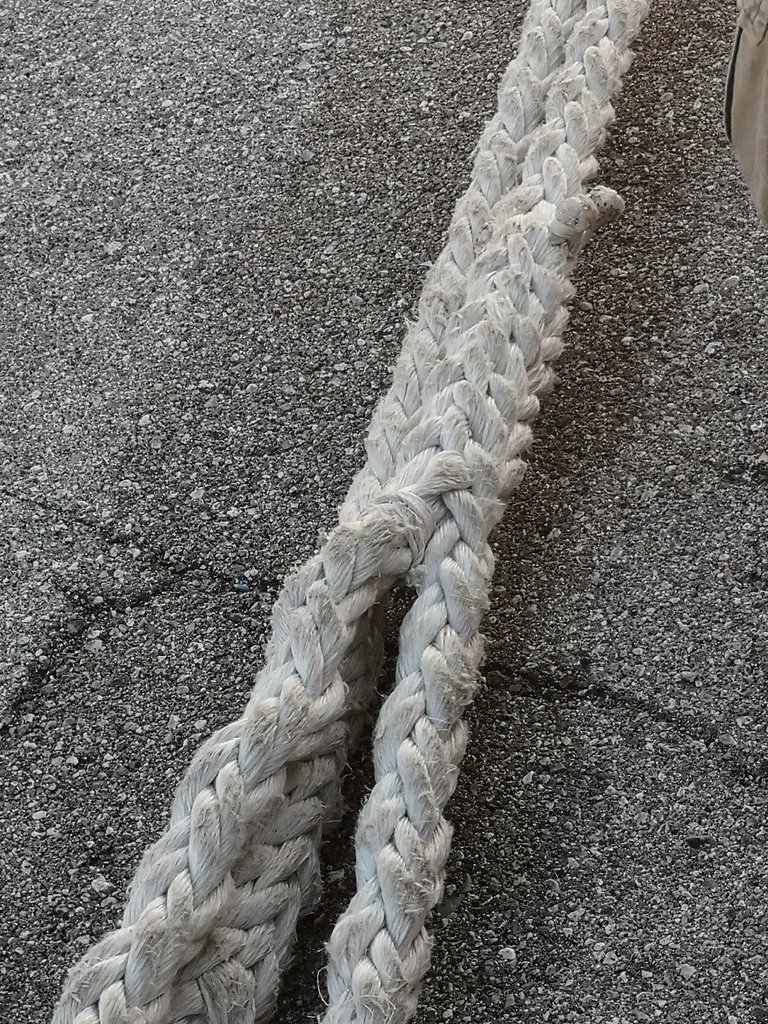
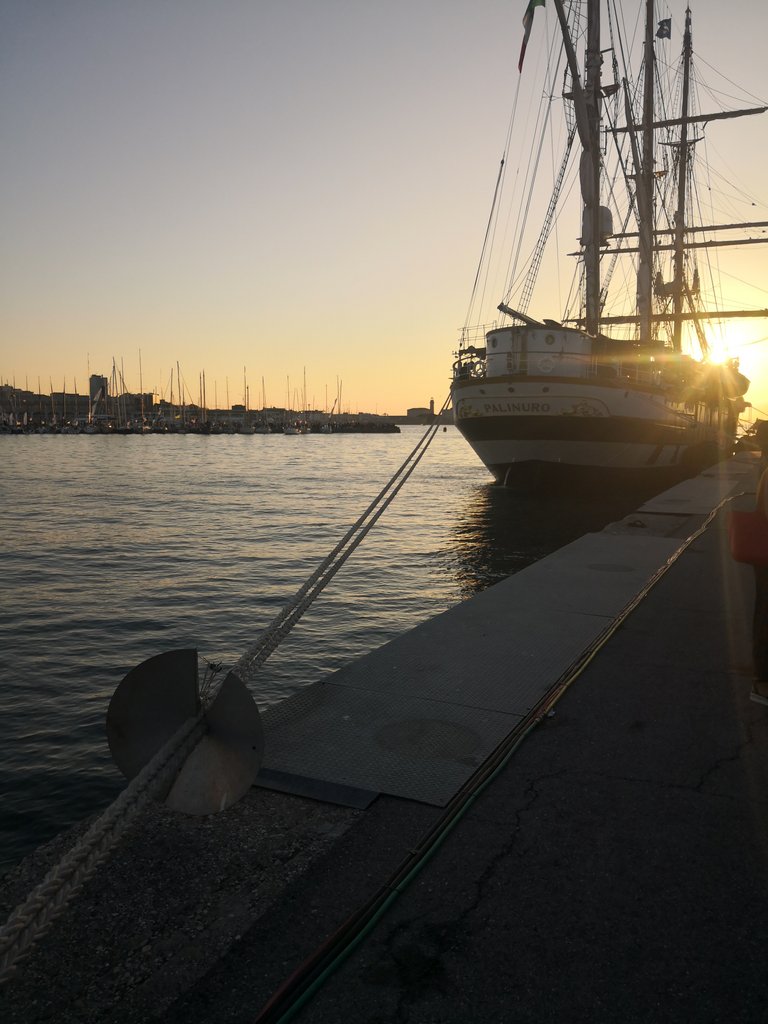
In one photo we also manage to notice a metal disk hugging the top: it is specially mounted to make sure that any rodents do not get on board.
An anecdote has also been told about this: if there are no mice on a ship (still of those with a wooden hull), it will be that ship's last voyage.
Kind of like saying that the rats knew a priori the fate of the ship....
As we board, a brass sign stands out where the ship's motto "Faventibus Venti," which, in Latin means "In favor of the winds," is displayed.

We proceed, just before we go up to get to the control room, we encounter access below deck, which is, moreover, forbidden to all, and I barely managed to take a picture!
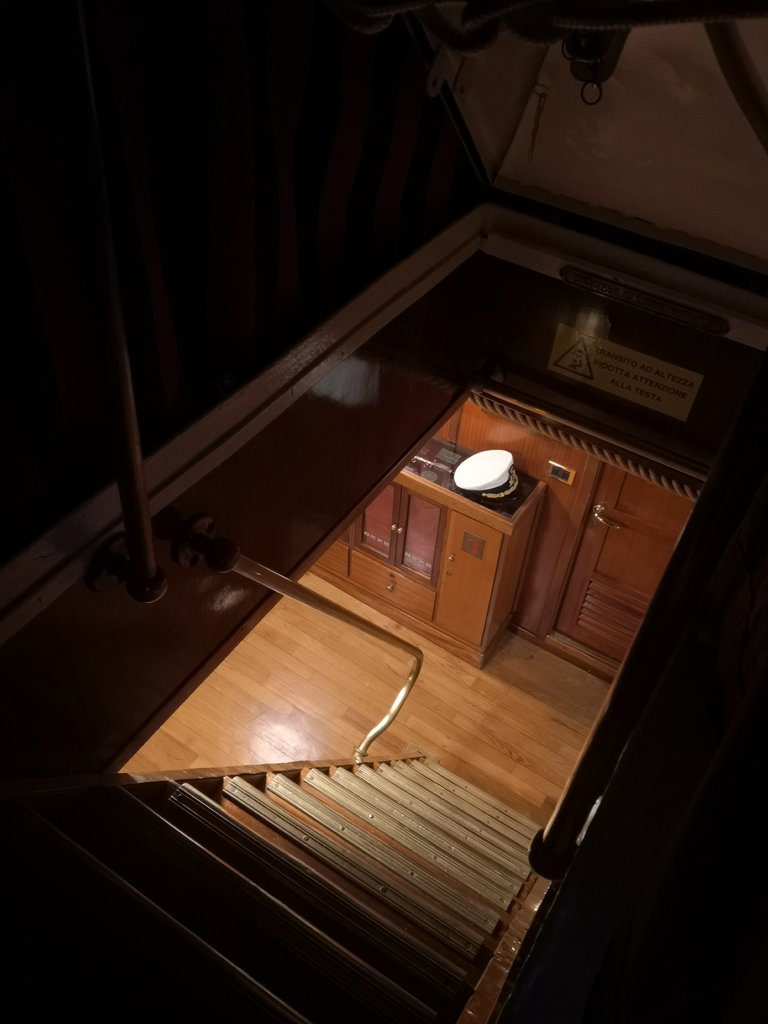
We go up on deck and enter the control room, where there are: the compass, a sextant and the rudder, as you can see from the photo it is very large: this is to make the effort to keep the ship on course less.
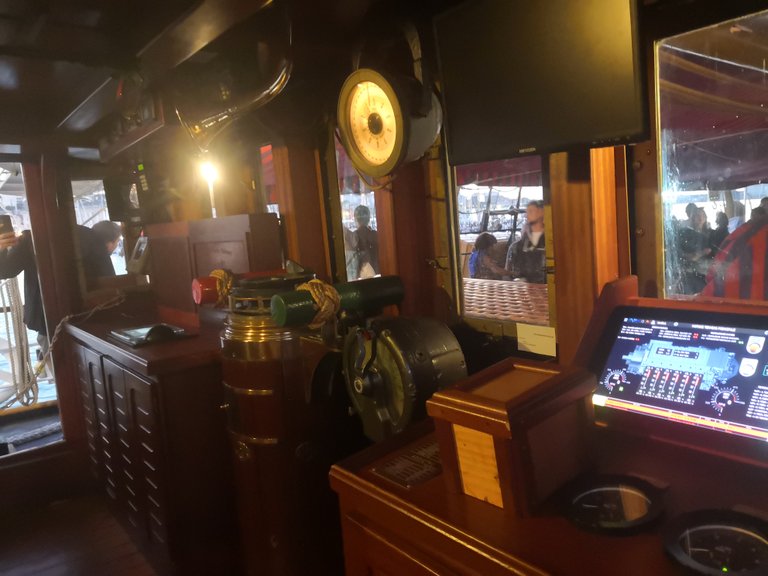
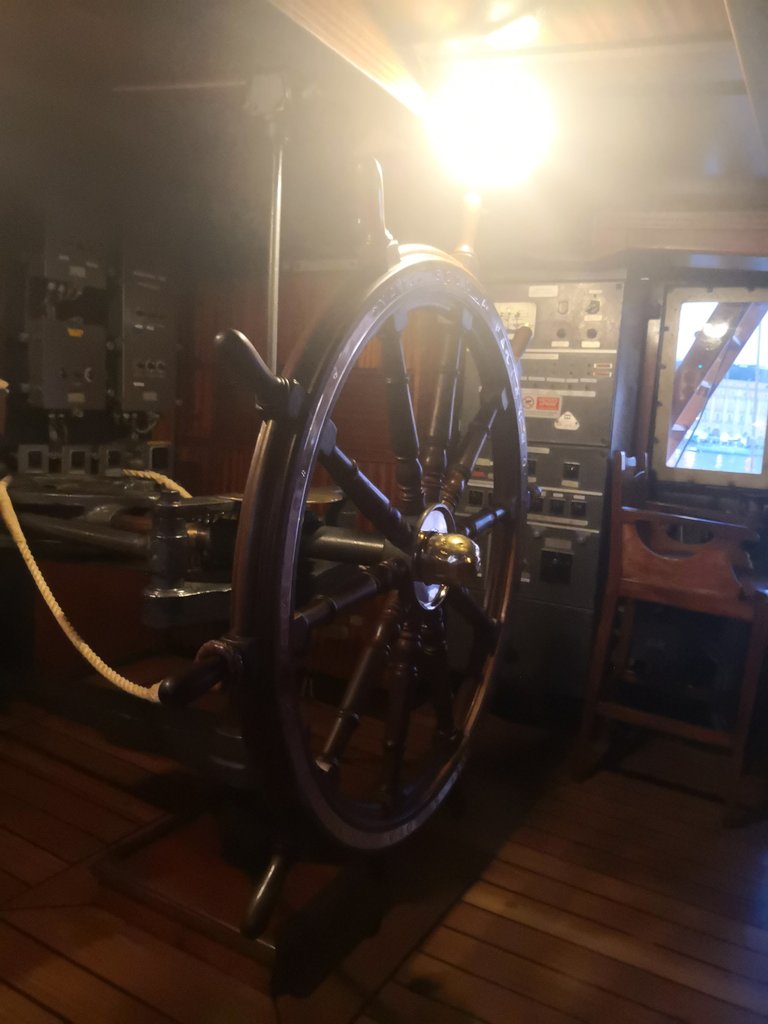
Note that compasses are placed in various positions, however, the reason for this was not explained to us.
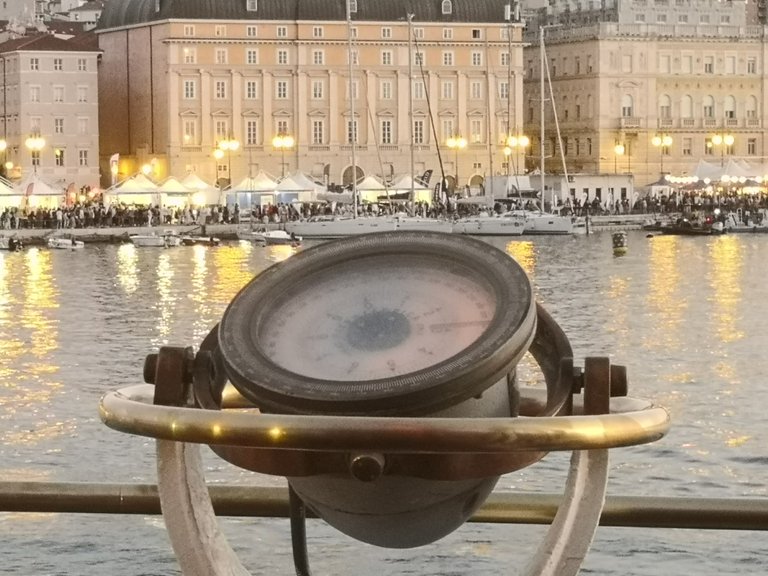
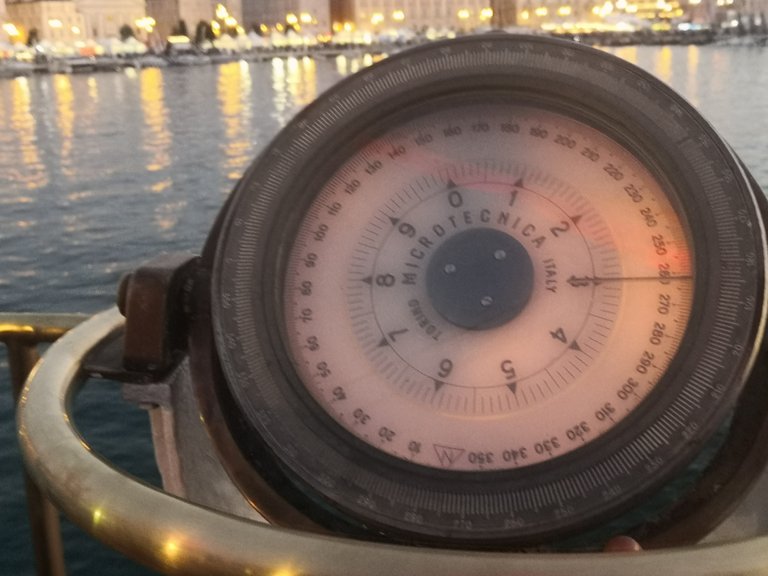
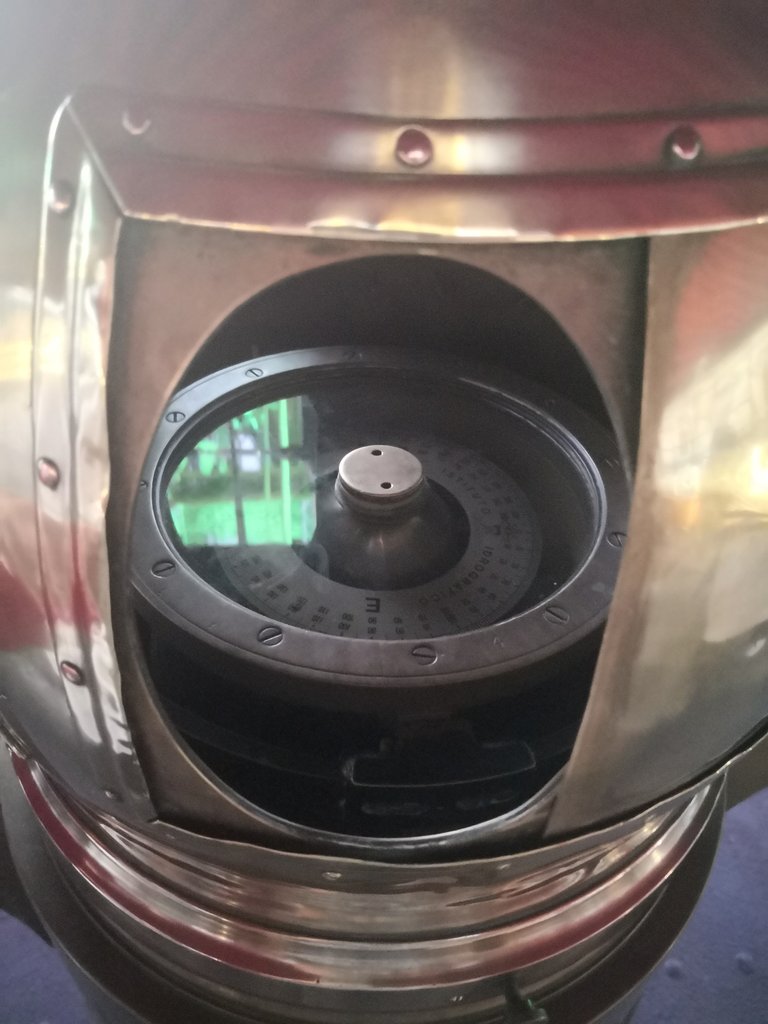
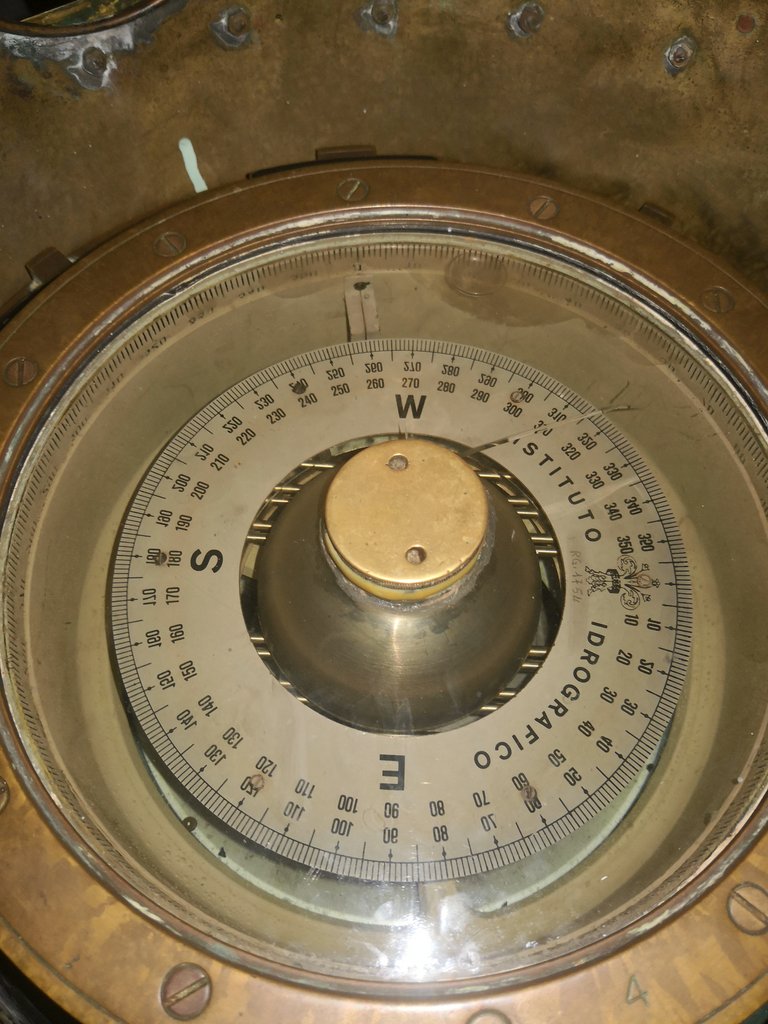
At the base of each mast are the lines for hoisting / lowering the sails as we can see in the photo.
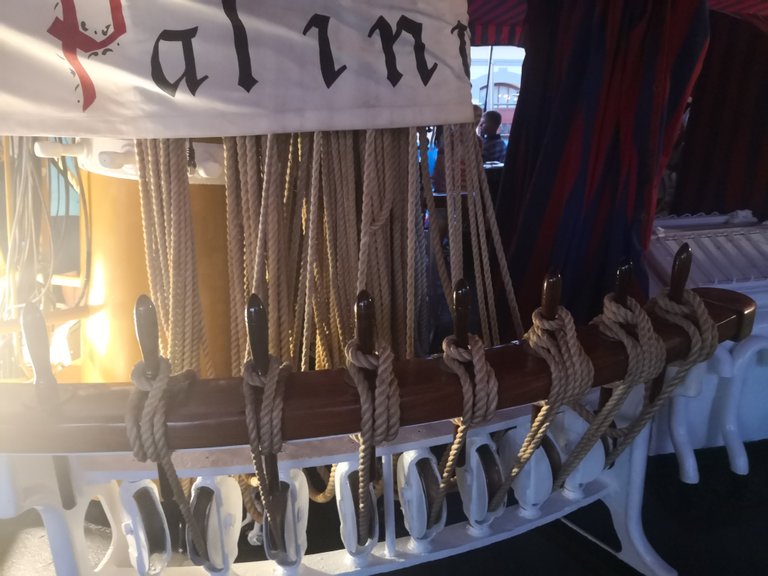
During the tour of the ship we also witnessed the lowering of the flag.
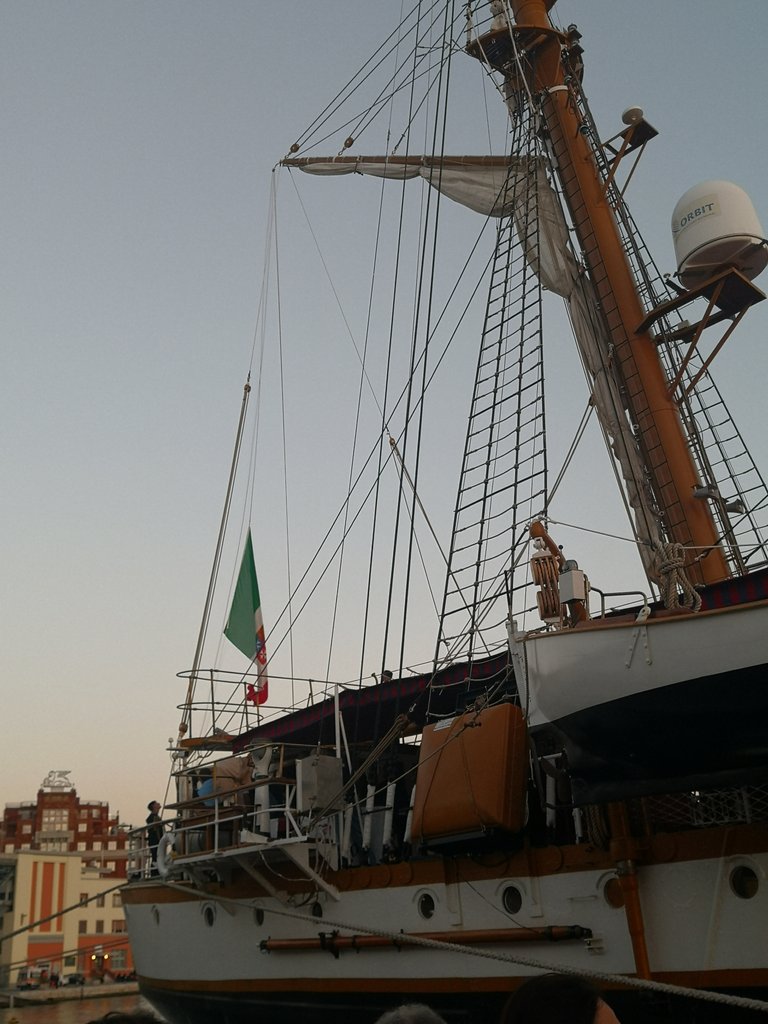
After these main notions, we were able to walk around the deck and take pictures; simple but it was very interesting!
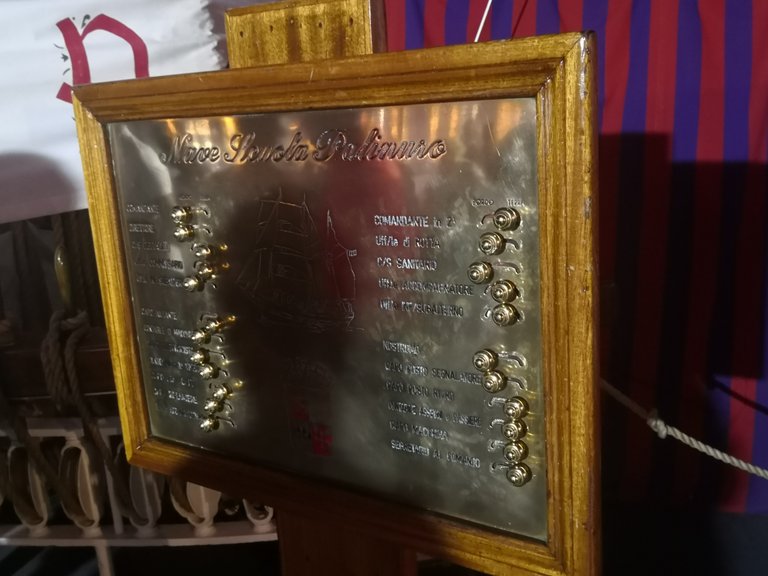
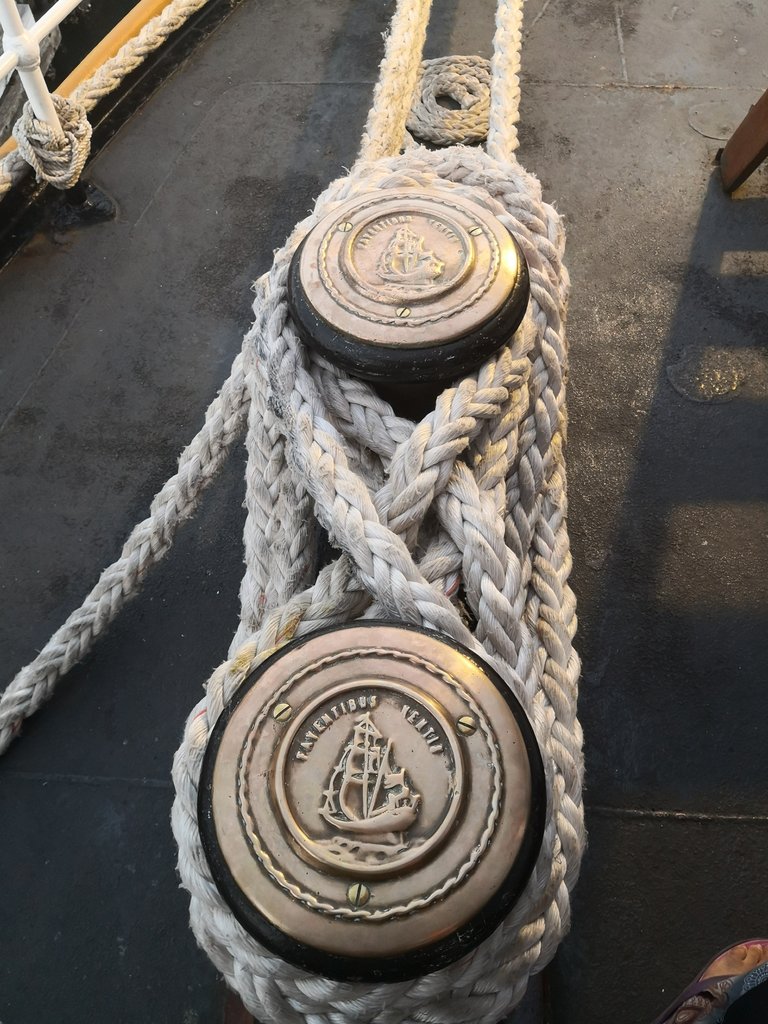
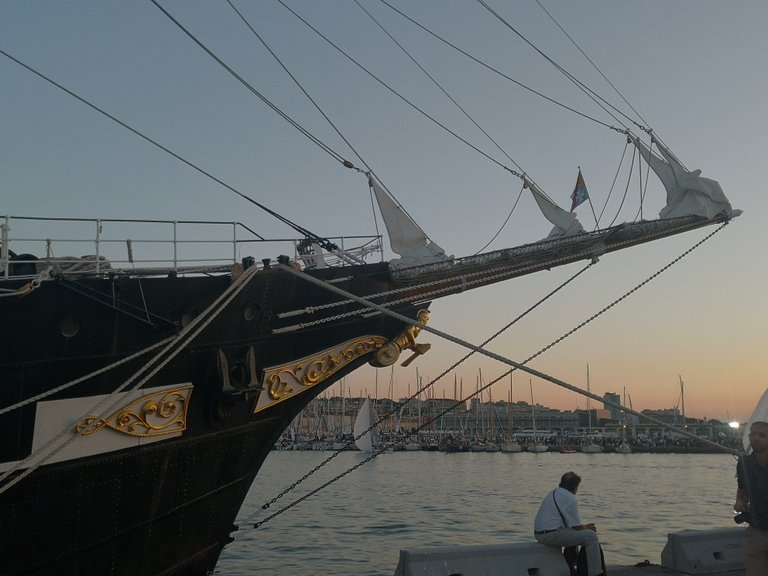
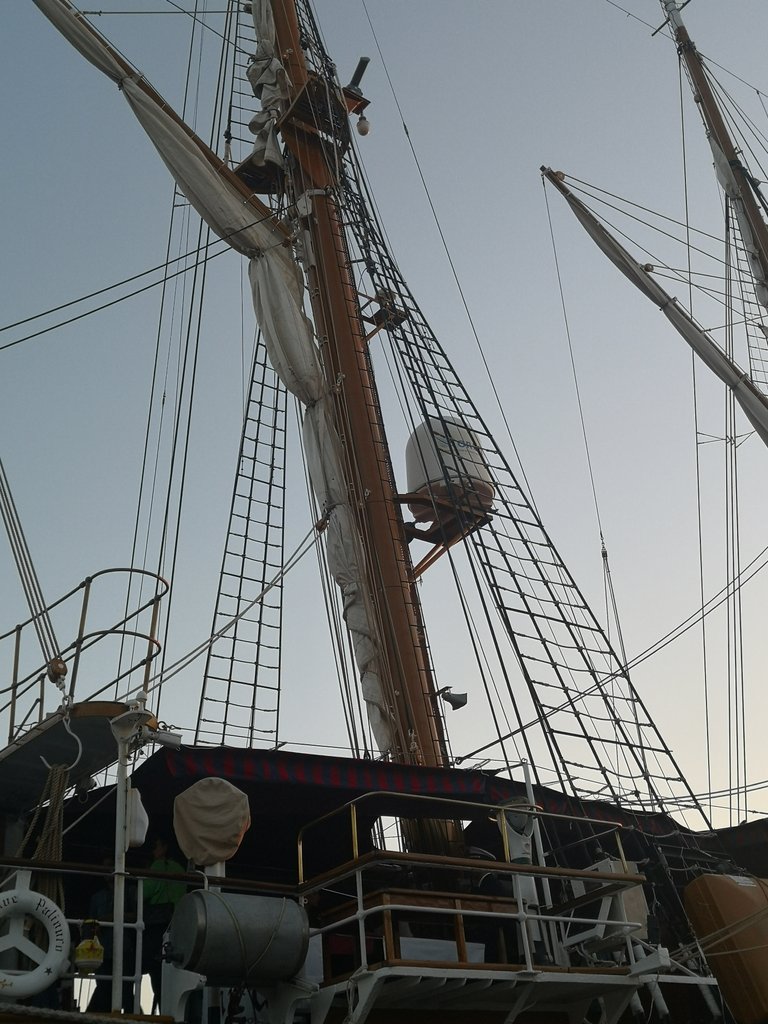
And have you been lucky enough to visit a ship?
this is a nice ship!
!discovery 30
This post was shared and voted inside the discord by the curators team of discovery-it
Join our Community and follow our Curation Trail
Discovery-it is also a Witness, vote for us here
Delegate to us for passive income. Check our 80% fee-back Program
Congratulations @mikezillo! You have completed the following achievement on the Hive blockchain And have been rewarded with New badge(s)
You can view your badges on your board and compare yourself to others in the Ranking
If you no longer want to receive notifications, reply to this comment with the word
STOPCheck out our last posts:
Thanks for the ship tour, @mikezillo! Enjoyed the history and pics. Smooth sailing ahead!
That's a beautiful ship ! Old ships are an interest of mine, although there are plenty more I still want to visit. I'm lucky enough to be mid way between Portsmouth where we've got HMS Victory, HMS Warrior, and what's left of the Mary Rose, and London where we've got the Cutty Sark.
If you are ever in Amsterdam, the VOC-ship there is well worth a visit - it's a floating, sailing replica of a Dutch Indiaman from around 1750. The one I'd really love to see is the Hermione, a replica of the frigate that took Lafayette to America during the American War of Independence. The French built it as much as possible with original type tools and techniques, not too many short-cuts.